Ensuring the safe and compliant transportation of fire extinguishers is paramount for businesses and manufacturers alike. At CarMax Vehicle, we understand the intricate landscape of transport regulations and are committed to guiding our clients through each step with precision and expertise. This comprehensive guide delves into the critical aspects of fire extinguisher transport regulations, offering detailed insights to facilitate adherence and enhance operational efficiency.
Table of Contents
- Introduction
- Importance of Proper Fire Extinguisher Transport
- Understanding Fire Extinguisher Types and Requirements
- Regulatory Bodies and Their Standards
- Transport Regulations by Region
- Packaging and Labeling Standards
- Vehicle Requirements for Transporting Fire Extinguishers
- Safety Protocols During Transport
- Common Compliance Challenges
- Best Practices for Ensuring Compliance
- CarMax Vehicle’s role in Compliance
- Conclusion
- Frequently Asked Questions
Introduction
Fire extinguishers are essential safety devices in mitigating the spread of fires, safeguarding lives, and minimizing property damage. The transportation of these devices, whether for distribution, maintenance, or relocation, is governed by a complex array of regulations designed to ensure their integrity and readiness. Navigating these regulations requires a thorough understanding of both the devices themselves and the legal frameworks that govern their movement.

Importance of Proper Fire Extinguisher Transport
Transporting fire extinguishers correctly is not merely a regulatory obligation but a critical component of overall safety management. Improper handling or transport can compromise the functionality of the extinguishers, rendering them ineffective in emergencies. Moreover, non-compliance with transport regulations can result in significant legal penalties, disruptions in supply chains, and damage to a company’s reputation.
Understanding Fire Extinguisher Types and Requirements
Fire extinguishers come in various types, each designed to combat specific classes of fires. Understanding these types is fundamental to meeting transport regulations, which often specify requirements based on extinguisher classification.
| Type | Suitable For | Typical Contents |
|---|---|---|
| Water | Class A fires (ordinary combustibles) | Water |
| Foam | Class A & B fires (flammable liquids) | Foam concentrate |
| Dry Powder | Class A, B, C, and electrical fires | Dry chemical powder |
| CO₂ | Class B & electrical fires | Carbon dioxide |
| Wet Chemical | Class K fires (cooking oils) | Wet chemical agents |
Each type demands specific handling and transportation measures to maintain efficacy and safety.
Regulatory Bodies and Their Standards
Several regulatory bodies oversee the transportation of fire extinguishers, each with its own set of standards and guidelines. Key organizations include:
- Occupational Safety and Health Administration (OSHA): Sets workplace safety standards, including those for transporting hazardous materials like certain types of fire extinguishers.
- Department of Transportation (DOT): Governs the transportation of hazardous materials on public roadways in the United States.
- International Maritime Organization (IMO): Regulates the transport of hazardous materials by sea.
- European Agreement concerning the International Carriage of Dangerous Goods by Road (ADR): Provides guidelines for transporting hazardous materials within Europe.
Understanding the specific mandates of these bodies is essential for compliance.
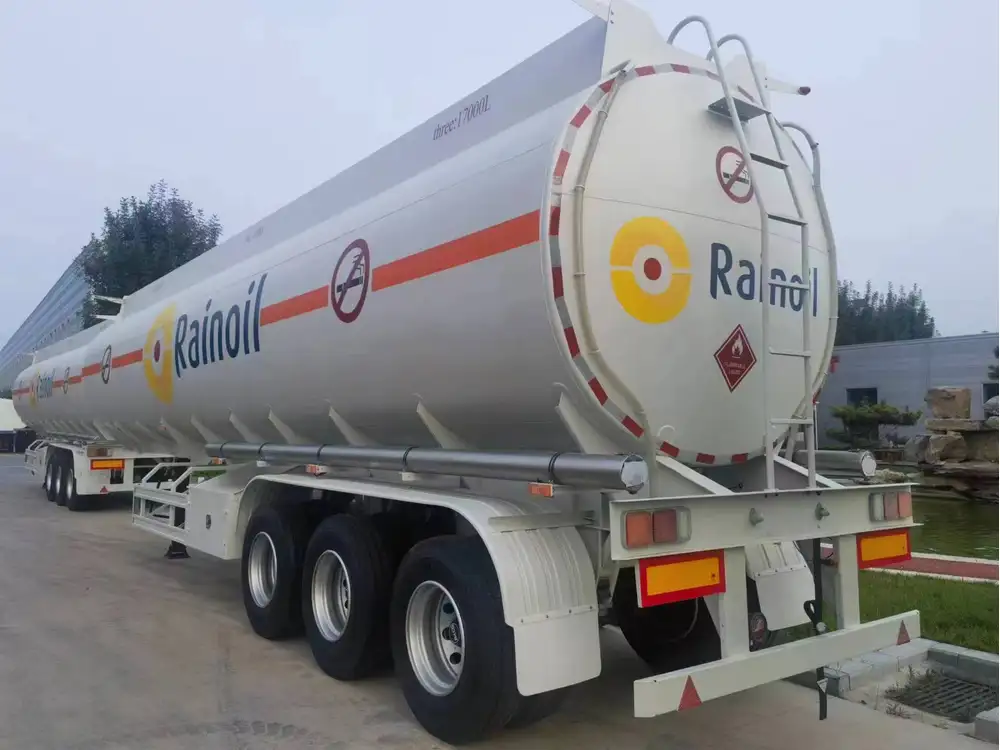
Transport Regulations by Region
Transport regulations for fire extinguishers vary significantly across different regions. Below is an overview of the principal regulations governing the United States, European Union, and other regions.
United States
In the U.S., the DOT classifies fire extinguishers as hazardous materials, particularly if they contain compressed gases or other potentially dangerous substances. Key regulations include:
- Hazardous Materials Regulations (HMR): Define packaging, labeling, and documentation requirements.
- Emergency Vehicle Operator Course (EVOC): Mandates training for those transporting hazardous materials.
- Vehicle Standards: Requirements for securing fire extinguishers within transport vehicles to prevent movement and damage.
European Union
The EU adheres to the ADR, which specifies:
- Classification: Fire extinguishers are categorized based on their contents and associated hazards.
- Documentation: Mandatory transport documentation detailing the extinguisher type and handling instructions.
- Vehicle Requirements: Specifics on vehicle construction and safety features for transporting hazardous goods.

Other Regions
Other regions may follow international guidelines set by bodies like the IMO for maritime transport or have their own national regulations. It’s imperative to consult local regulations to ensure full compliance.
Packaging and Labeling Standards
Proper packaging and labeling are critical components of fire extinguisher transport regulations. These standards ensure that extinguishers are protected from damage and that handlers are aware of the contents and associated hazards.
Packaging Requirements
- Durability: Packaging must withstand the rigors of transport without compromising the extinguisher’s integrity.
- Containment: Ensures that the extinguisher is secured and won’t move during transit.
- Compatibility: Materials used in packaging should not react adversely with the extinguisher’s contents.
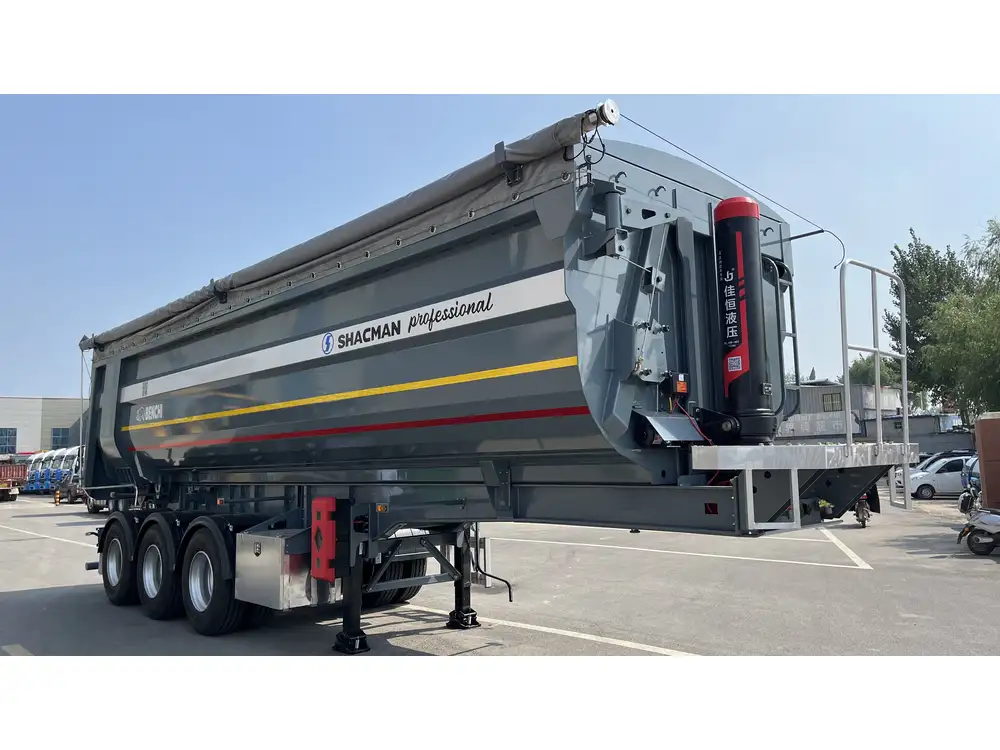
Labeling Standards
- Hazard Labels: Clearly display the type of hazard associated with the extinguisher.
- Handling Instructions: Provide guidance on safe handling practices.
- Identification Marks: Include manufacturer details, type classification, and other pertinent information.
Example of Labeling Compliance
| Label Element | Description |
|---|---|
| UN Number | Unique identifier for the hazardous material |
| Class Number | Indicates the type of hazard (e.g., Class 2 for flammable gases) |
| Handling Symbols | Visual symbols depicting safe handling procedures |
| Quantity Indicators | Specifies the number of extinguishers in the package |
Vehicle Requirements for Transporting Fire Extinguishers
The vehicles used to transport fire extinguishers must meet specific criteria to ensure safety and compliance.

Structural Requirements
- Reinforced Compartments: Compartments should be reinforced to protect extinguishers from impact.
- Ventilation: Adequate ventilation to prevent the buildup of hazardous fumes.
- Temperature Control: Mechanisms to maintain appropriate temperatures, especially for extinguishers containing sensitive agents.
Securing Mechanisms
- Straps and Brackets: Use of industrial-grade straps and brackets to secure extinguishers firmly in place.
- Cushioning Materials: Prevent movement and absorb shocks during transit.
- Regular Inspections: Routine checks to ensure that securing mechanisms remain effective.
Accessibility and Safety Features
- Emergency Exits: Easy access to extinguishers in case of an onboard fire.
- Fire Suppression Systems: Additional safety measures within the transport vehicle.
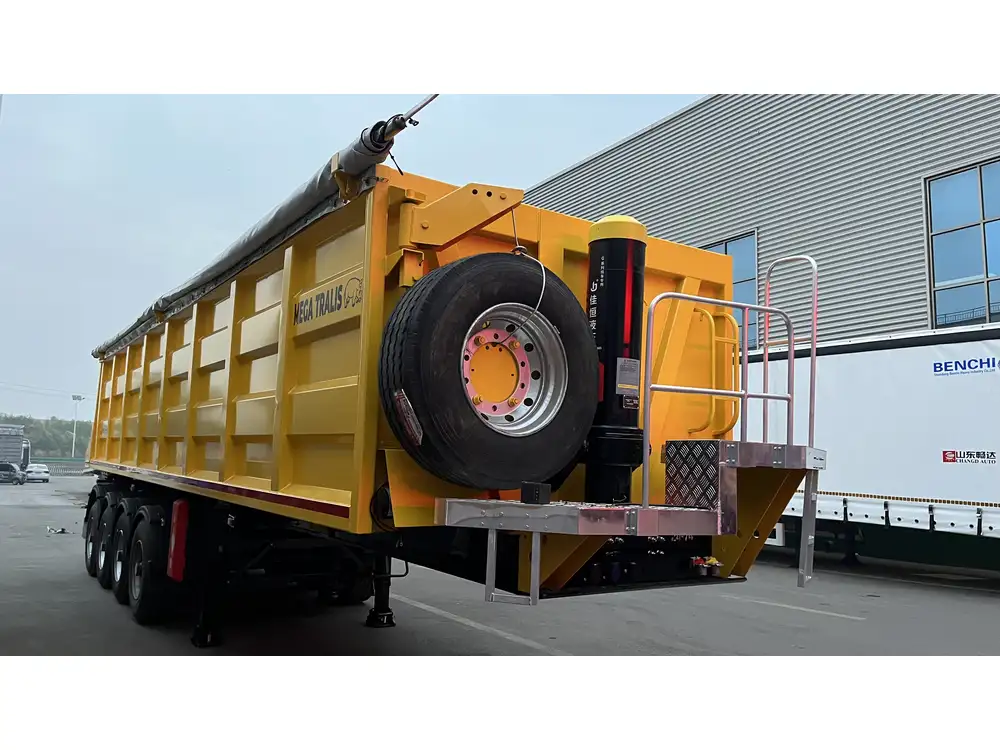
Safety Protocols During Transport
Adhering to safety protocols during transport minimizes risks and ensures the extinguishers remain operational.
Pre-Transport Inspections
- Condition Check: Verify that each extinguisher is free from damage and fully charged.
- Packaging Integrity: Ensure all packaging is intact and secure.
Training for Personnel
- Hazard Recognition: Train staff to recognize and respond to hazardous conditions.
- Proper Handling Techniques: Educate on safe methods for lifting, moving, and securing extinguishers.
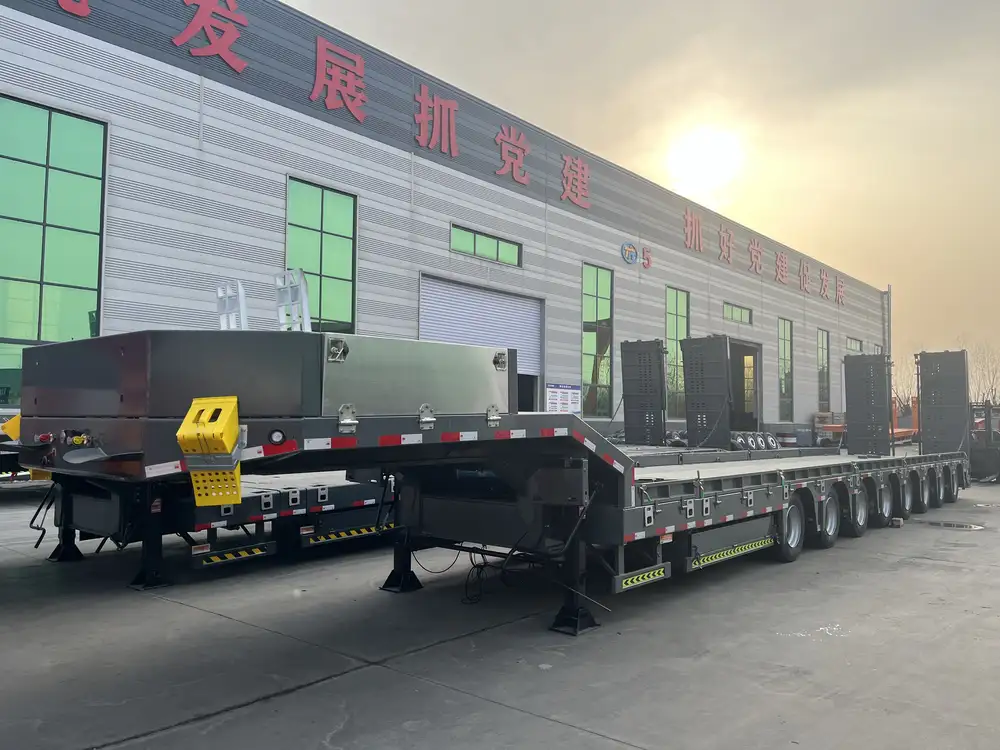
Emergency Procedures
- Response Plans: Establish clear actions to take in case of accidents or spills.
- Communication Channels: Maintain open lines for reporting incidents swiftly.
Common Compliance Challenges
Navigating transport regulations can present several challenges, including:
- Complexity of Regulations: Differing standards across regions can complicate compliance.
- Evolving Standards: Regulations may update frequently, requiring constant vigilance.
- Resource Constraints: Small businesses may struggle with the resources needed to adhere to stringent guidelines.
- Training and Awareness: Ensuring all personnel are adequately trained can be resource-intensive.
Best Practices for Ensuring Compliance
Implementing best practices can streamline compliance and enhance the safety of fire extinguisher transport.

Comprehensive Documentation
Maintain detailed records of all transport activities, including:
- Packaging Details: Types of packaging used and their compliance status.
- Transport Logs: Routes taken, vehicle inspections, and personnel involved.
- Incident Reports: Documentation of any incidents and corrective actions taken.
Regular Training Programs
Invest in ongoing training to keep staff updated on:
- Regulatory Changes: Stay informed about the latest transport regulations.
- Safety Techniques: Enhance skills in secure handling and emergency response.
- Compliance Requirements: Ensure understanding of documentation and procedural mandates.
Leveraging Technology
Utilize technological solutions to facilitate compliance, such as:
- Tracking Systems: Monitor the location and condition of fire extinguishers in real-time.
- Compliance Software: Automate documentation processes and ensure adherence to regulations.
- Safety Sensors: Equip transport vehicles with sensors to detect and respond to hazardous conditions promptly.
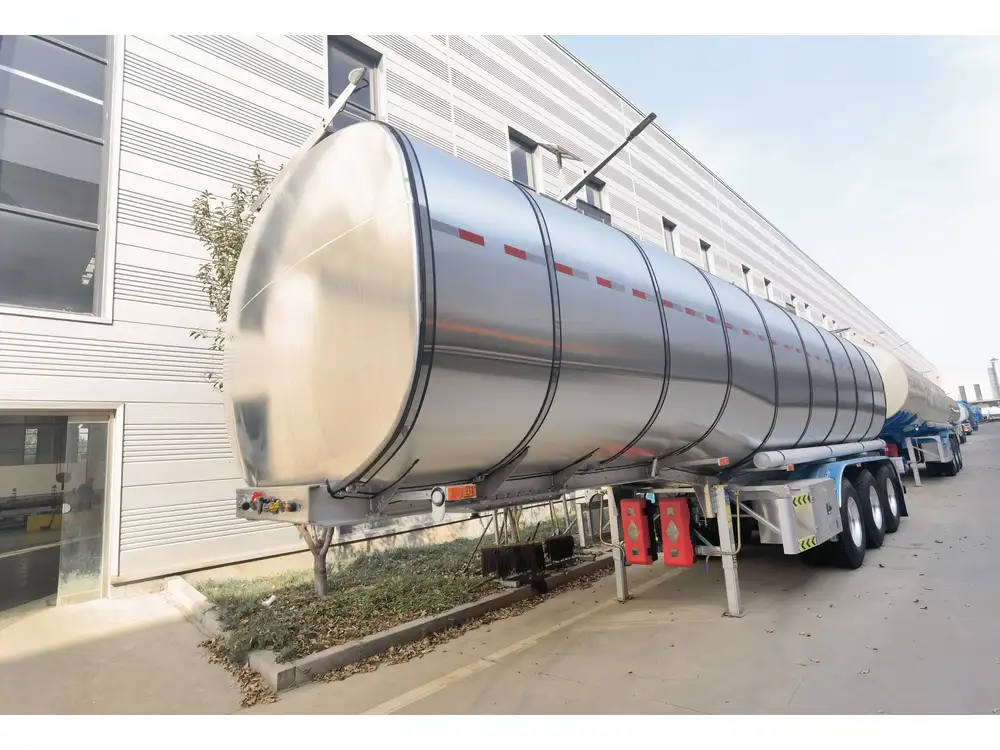
Partnering with Experts
Collaborate with regulatory experts or consultancies to:
- Audit Compliance: Regularly assess and verify adherence to transport regulations.
- Implement Best Practices: Integrate industry-leading practices into transport operations.
- Mitigate Risks: Identify and address potential compliance gaps proactively.
CarMax Vehicle’s Role in Compliance
At CarMax Vehicle, we specialize in designing and manufacturing semi-trailers optimized for the safe and compliant transport of fire extinguishers. Our trailers incorporate advanced safety features and adhere to the highest regulatory standards, ensuring that your fire extinguishers remain secure and operational throughout their journey.
Key Features of CarMax Trailers
- Reinforced Compartments: Engineered to protect extinguishers from impact and environmental factors.
- Advanced Securing Systems: State-of-the-art straps and brackets designed for maximum stability.
- Temperature Control Mechanisms: Ensure extinguishers are maintained at optimal temperatures.
- Integrated Tracking Systems: Real-time monitoring to oversee transport conditions and vehicle location.
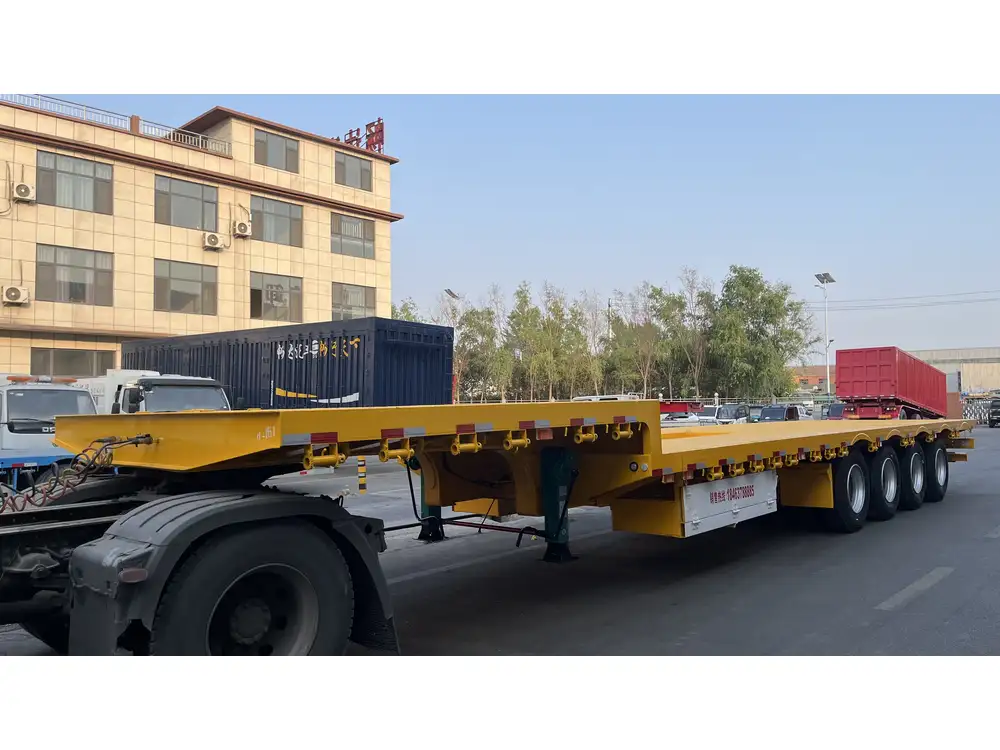
Commitment to Excellence
CarMax Vehicle is dedicated to supporting our clients in achieving full compliance with fire extinguisher transport regulations. Our expert team offers:
- Consultative Support: Guidance on regulatory requirements and best practices.
- Customized Solutions: Tailored semi-trailer designs to meet specific transport needs.
- Ongoing Maintenance: Ensuring trailers remain compliant and operational over time.
Conclusion
Navigating the complex landscape of fire extinguisher transport regulations is essential for ensuring safety, compliance, and operational efficiency. At CarMax Vehicle, we are committed to providing the highest quality semi-trailers and support services to facilitate your compliance journey. By understanding the regulations, implementing best practices, and leveraging our expertise, you can ensure that your fire extinguishers are transported safely and in accordance with all relevant standards.
Frequently Asked Questions
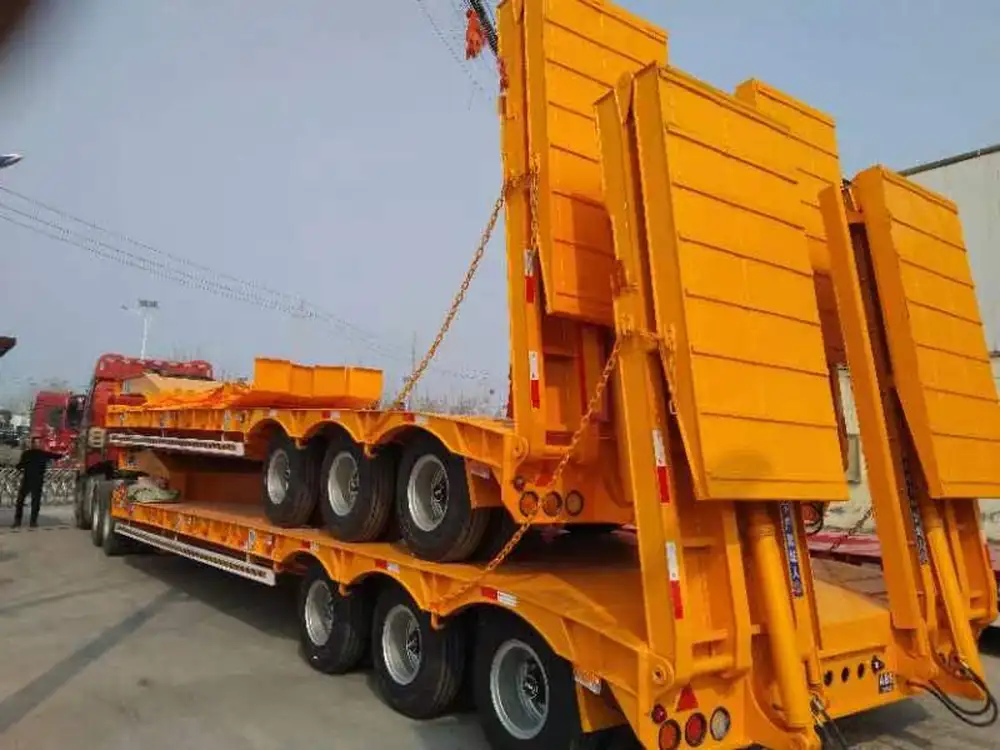
1. What are the primary regulations governing the transport of fire extinguishers in the United States?
The primary regulations in the U.S. are set by the Department of Transportation (DOT), specifically the Hazardous Materials Regulations (HMR). These regulations dictate packaging, labeling, documentation, and vehicle standards for transporting fire extinguishers containing hazardous materials.
2. How do transport regulations for fire extinguishers differ between the U.S. and the European Union?
While both regions classify fire extinguishers as hazardous materials, the U.S. follows DOT’s HMR, whereas the European Union adheres to the ADR (European Agreement concerning the International Carriage of Dangerous Goods by Road). Each framework has distinct requirements for classification, packaging, labeling, and vehicle specifications.
3. What are the common types of fire extinguishers, and do they affect transport regulations?
Yes, the type of fire extinguisher—such as water, foam, dry powder, CO₂, or wet chemical—determines specific transport regulations. Different extinguishers contain varying hazardous materials, which influence packaging, labeling, and handling requirements.

4. What measures can be taken to ensure compliance with fire extinguisher transport regulations?
To ensure compliance, businesses should maintain comprehensive documentation, invest in regular training programs for personnel, leverage technology for monitoring and tracking, and partner with experts to audit and enhance compliance practices.
5. How does CarMax Vehicle support businesses in complying with transport regulations?
CarMax Vehicle offers specially designed semi-trailers with reinforced compartments, advanced securing systems, temperature control mechanisms, and integrated tracking systems. Additionally, our expert team provides consultative support and customized solutions to help businesses adhere to all relevant transport regulations.



